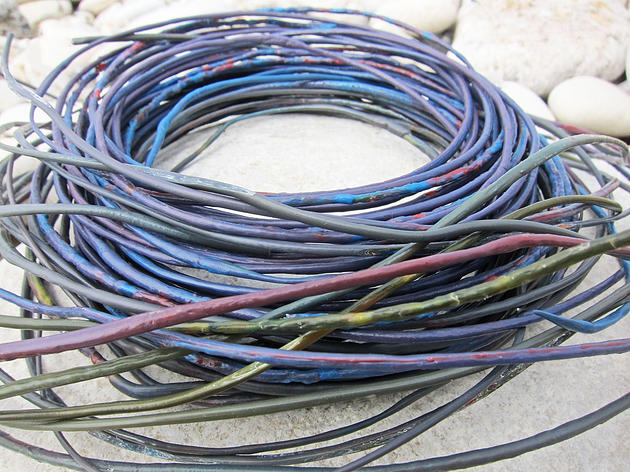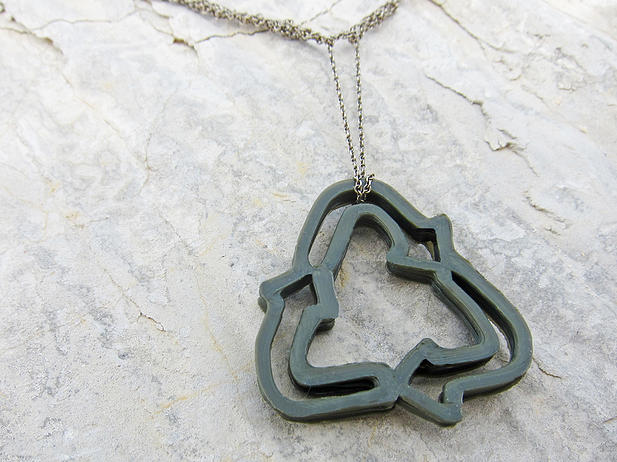Not sure if you caught the title of this article’s reference to one of the greatest unfinished book series of all time, but, that’s okay because Project Seafood has no immediate connection to the Hitchhikers’ Guide to the Galaxy. Although, Fabian Wyss and Jennifer Gadient did embark in quite a fascinating journey with their Project Seafood and they did have quite a few supporters to thank in the end.
They left Switzerland in October 2014, equipped with a plastics shredder from Filamaker.eu, an extruder from Noztek.com, and an Ultimaker Original desktop FFF 3D printer. They then drove their mobile upcycling fablab along the Mediterranean coastline of Spain, all the way down to Morocco, to collect household plastic waste beachside and transform it into 3D printed objects.
The majority of the waste they found was made of high density polyethilene (HDPE), in the form of bottlecaps, and bottles. They collected the refuse, shredded it, and extruded their handmade granules into filament with a slightly modified extruder. They then fed the 100% recycled plastic string into their tweaked 3D printer. No additives or color batches were used and they did not add virgin pellets. Single color plastic from single objects such as bins yielded excellent filament results in terms of dimensional stability, while bottle caps proved quite a bit more difficult to use.
Although the extruded material was far from perfect and presented several difficulties, they did manage to turn useless waste into quite a few useful items. For example, when Jennifer’s sunglasses broke, they took the opportunity to 3D print a new frame for the spare lenses. The warping of the material turned out to be useful for the frame as the flat designed prints came out bent when lifted off the textile printbed (another interesting and successful experiment). For the first quick, jointless prototype, they attached the temples to the frame with a filament bolt. The lenses were worked in the frame by additional manual material extrusion.
Other useful projects included a Labelled Surf Wax Comb, which can be used to make surfboard wax stick better to a surfer’s feet. They individually labelled the backside of the comb by placing mirrored graphical foils onto the textile surface before starting the print, which transferred the label as a smooth, shiny relief onto the rough first layer. Other 3D printed items were decorative, such as the Recycling Charm, the smallest Seafood object in the current collection. It can be printed in 5 minutes and the fact that the color is not exactly attractive is overwhelmed by what the object represents.
In fact, the most amazing aspect is that the Project Seafood team did all of this with an extremely low-cost system, and while on the go. Imagine what could be achieved with some high-end machines and some more materials research. Perhaps, then, the creatures of the sea would have a safer environment and we could shout to Project Seafood and groups like it, “Thanks for all the fish!”






